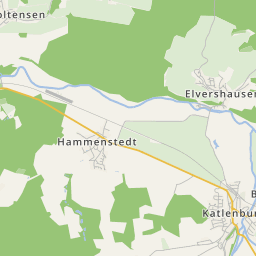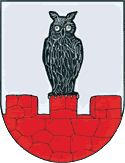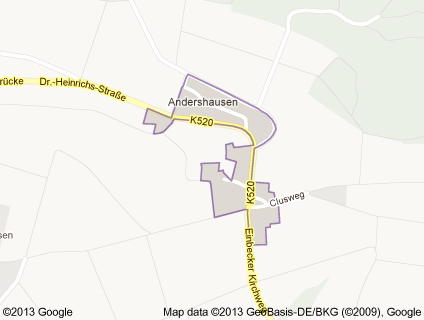












The name »Antwordeshusen« is first mentioned in old records in the year 1312. After Harland Bodo and Heinrich masters of Homburg gifted 2 ½ manses in Antwordeshusen to the church Beatae Mariae Virginis Einbeck. During this time hops cultivations is being mentioned, which was used for the beer in Einbeck. After registers in the records of the family Ernst, Einbeck, receives Ernst Ernstes ½ oxgang, a Wort and a hops hill in Andershausen from the squire Gottschalk of Plesse as tenure in 1465.
Ecclesiastical care came for the monastery Alexandri - Einbeck. Whether Andershausen then had a church service place is not known. Situated between Andershausen and the Wendfeld, at the Hube was an old hermitage or hermit's cell. The Klusweg and the Klusfeld are reminders.
The feud-rich medieval times and most of all the Thirty-Year-War brought much suffering and harm to the village. Due to troops marching through on the old Hubestraße our nearby village wasn't only plundered in the course of time but also completely pillaged and destroyed. The population escaped behind the walls of Einbeck. Because of the then ensuing over-population, makeshift accommodation and marsh-through occupying troops bringing illnesses a great number of citizens didn't survive.
Many were also shot in the chaos of war so that after the war in 1651 there were only 3 fireplaces in Andershausen. The economic development started then. Following the economical and family development comes also the intellectual development. Already in the year 1654 was the first known schoolmaster mentioned in the neighbouring Kuventhal, which is connected with Andershausen in school matters.

Soon, the destroyed Andershausen stated 16 names in the administrative register Grubenhagen from the year 1654 / 55.
Andershausen is today a pure farmers' village with 9 farmsteads. There are no trades nor any other non-agricultural companies. That means there are few seasonal workers and the work has to be done with even more machine power. The citizens were always interested in innovations and practical features. In 1910 already they built a water pipe with pump station and elevated tank. The installed pipework has a length 805 m. So most of the already existing wells and pumps vanished from the village-scape.
In the year 1936 the bad external traffic situation was repaired finally. The Reichsarbeitsdienst (Reich Labour Service) built a good access road from the main road B 3 to Andershausen and so incorporated the village into the district road network. But the two world wars didn't leave the small village unscathed. They also mourned dead and missing soldiers.
The population, which counted around 60 in the 2nd World War jumped through the east German expellees to ca. 150 persons. Many of these found work and bread in Einbeck's industrial companies. Old-established and new citizens try now to shape the small village together to the best of their abilities.